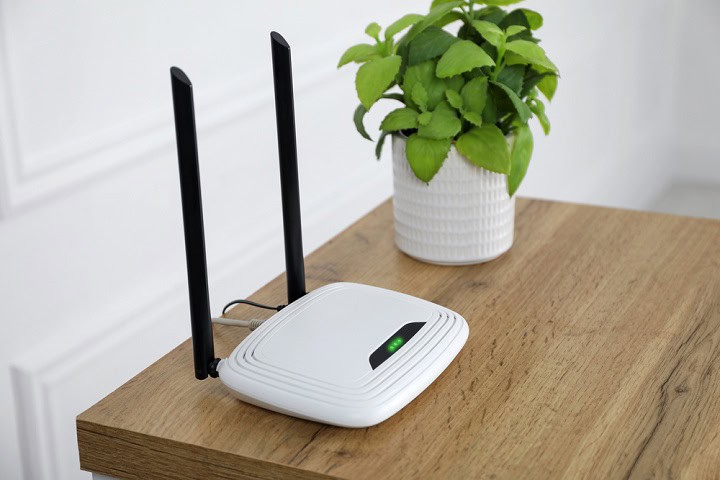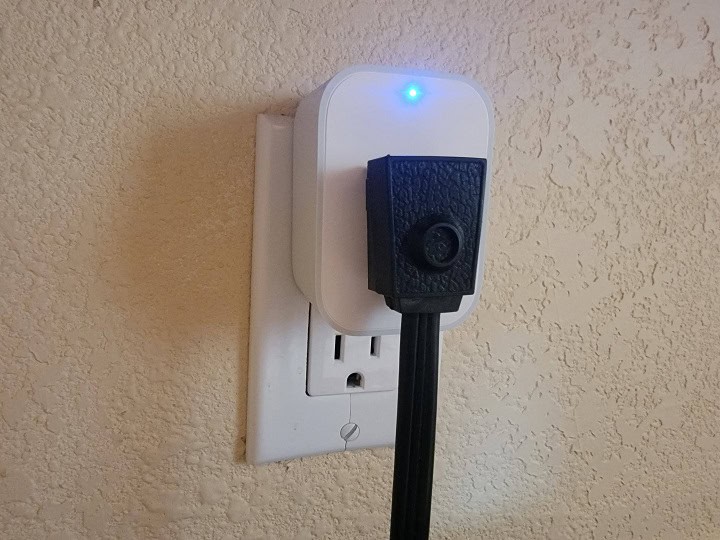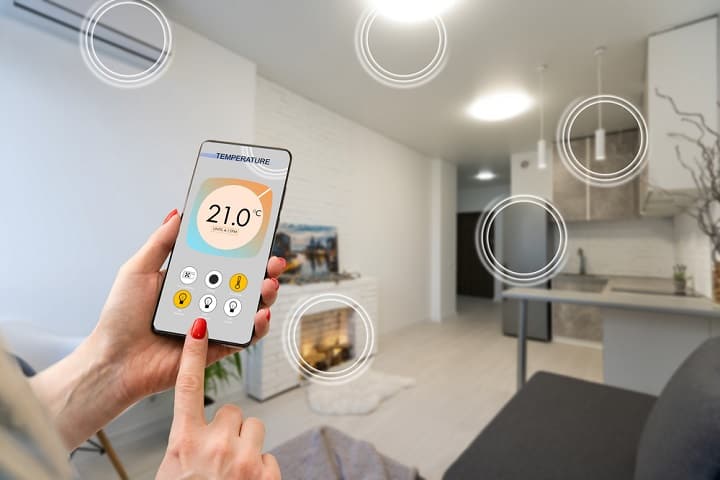Wi-Fi 7 is starting to make waves, and if you’re thinking about upgrading your router, you might be wondering if it’s worth waiting splurging on. Promising lightning-fast speeds, better performance in crowded homes, and improved support for smart devices, this next-generation standard sounds impressive. But how much of it will actually matter for the average household? In this post, we’ll break down what Wi-Fi 7 is all about, how it stacks up against Wi-Fi 6, and whether it’s the right time to upgrade or hold off a little longer.
Key Features and Improvements in Wi-Fi 7
Wi-Fi 7, also known as 802.11be, is the next big leap in wireless networking, promising faster speeds, lower latency, and better performance in crowded environments. One of the standout features is Multi-Link Operation (MLO), which allows devices to connect on multiple frequency bands (2.4GHz, 5GHz, and 6GHz) at the same time. This means smoother performance when you’re gaming, video conferencing, or streaming—all with fewer dropped connections and less lag. Wi-Fi 7 also supports wider channel bandwidths (up to 320 MHz), which allows more data to move through the network faster, and it doubles the number of subchannels within each band to help reduce interference.
Another major upgrade is higher QAM (Quadrature Amplitude Modulation)—Wi-Fi 7 supports 4K QAM, which allows more data to be packed into each transmission. In practical terms, that translates to theoretical speeds up to 46 Gbps, though real-world speeds will be lower. In terms of coverage range, Wi-Fi 7 introduces adjustments to signal quality and strength. These changes extend the reach of Wi-Fi networks, providing more consistent connections even in larger areas. This could mean fewer dead zones and more reliable internet access in different parts of a building. The adjustments in signal are also likely to improve stability, reducing interruptions and maintaining a steady connection for users.
Wi-Fi 7 Compared to Wi-Fi 6
When comparing Wi-Fi 7 to Wi-Fi 6, the most noticeable difference is in speed. Wi-Fi 6 (802.11ax) can deliver real-world speeds up to 9.6 Gbps, which is already impressive for most home networks. Wi-Fi 7, on the other hand, pushes that potential even further, with theoretical speeds reaching up to 46 Gbps. This is thanks to features like 320 MHz channel width, 4K QAM, and Multi-Link Operation (MLO), all of which help transfer more data more efficiently. While you may not need those speeds for basic browsing or streaming, the performance boost can make a real difference in homes with lots of smart devices, or for people who stream in 8K, game online, or work with large files over the network.
In terms of range, Wi-Fi 7 doesn’t necessarily extend coverage beyond what Wi-Fi 6 offers—but it does handle that coverage more efficiently. Wi-Fi 7 uses better spectrum management and can operate on multiple bands simultaneously, which helps reduce congestion and improves reliability in crowded networks. That means fewer dead zones and more consistent speeds throughout the home, especially in environments where many users or smart devices are online at the same time. While Wi-Fi 6 already brought improvements over earlier versions in terms of handling multiple devices, Wi-Fi 7 builds on that foundation and is better equipped for the ever-growing number of connected gadgets in modern homes.
Wi-Fi 7 is a big jump over what Wi-Fi 6 offers and is especially useful for ultra-high-definition streaming, cloud gaming, and transferring large files. While most homes may not need that kind of speed today, the added capacity and efficiency could future-proof your network for years to come.
Should you Upgrade to Wi-Fi 7?
Upgrading to Wi-Fi 7 sounds exciting, but whether it’s the right move right now depends on your setup and budget. Wi-Fi 7 routers are still relatively new and come with a hefty price tag compared to Wi-Fi 6 or even Wi-Fi 6E models. While the performance improvements are impressive on paper, the benefits might not be noticeable unless you have a household filled with high-bandwidth devices or are constantly pushing your network to its limits.
Another important consideration is device compatibility. At the moment, most laptops, smartphones, and smart home gadgets don’t yet support Wi-Fi 7. That means even if you invest in a Wi-Fi 7 router today, your devices likely won’t be able to take full advantage of its features. For many homeowners, sticking with a good Wi-Fi 6 or 6E router might make more sense in the short term. Unless you’re building a future-proof setup or already own devices with Wi-Fi 7 support, it’s probably better to wait until the technology becomes more widespread and affordable.
In Summary
Upgrading to Wi-Fi 7 sounds exciting, but it really depends on your current needs and setup. While it offers faster speeds and improved performance, most households may find that Wi-Fi 6 still does the job just fine. Since Wi-Fi 7 routers and devices are still rolling out, and come at a higher price, it might make sense to wait unless you’re a heavy user or want the latest tech right away. Take stock of what you already have, check if your devices can even take advantage of the upgrade, and decide if the benefits are worth the cost now or better saved for later.




